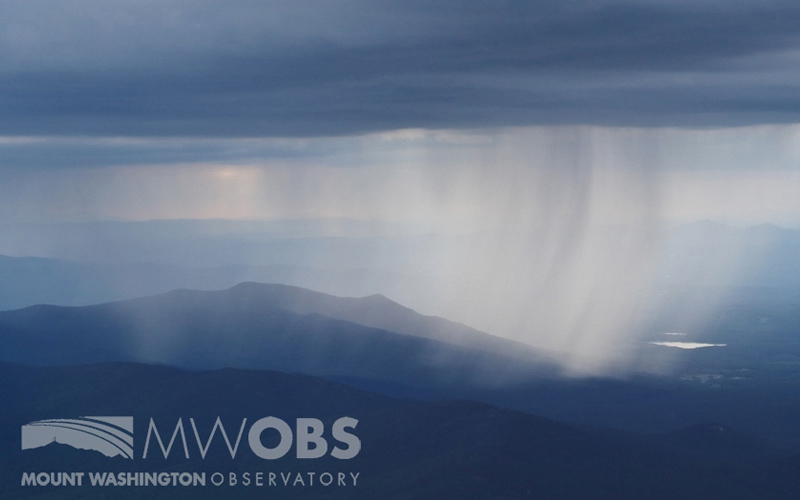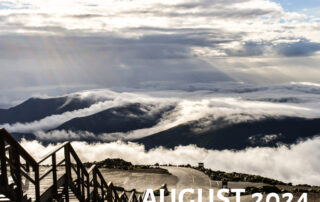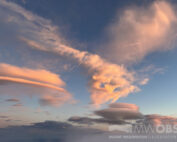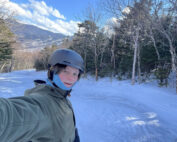Citizen Science Puts Weather Reporting in Your Hands

Ryan Knapp, Weather Observer & Meteorologist
A New Intern Has Appeared!
A New Intern Has Appeared! By Andrew Sullivan Hello, My name is Andrew Sullivan and I’m one of the new fall interns here at the Observatory! I am a recent graduate from Plymouth State University with a Bachelors in Meteorology. I’m from Hanson, Massachusetts (30 minutes
September Newsletter: A Season of Research and Discovery
Summer intern George Mousmoules taking in the Milky Way and shooting stars. Photo by Charlie Peachey. Dear *{{Informal Name}}*, Greetings from Mount Washington Observatory! As we wrap up a productive summer, we’re excited to highlight our team's insightful research projects. As you'll find below, the season has
August Newsletter: Discover New Programs in Education and Research!
Looking out from the summit on the morning of July 11. Ellen Estabrook photo. Dear *{{Informal Name}}*, And just like that, August is already here. It’s been a busy summer full of educational programs and experiences. Our educators have been engaged with youth programs of all
Meet Seek the Peak Steward Chris Nichols
Meet Seek the Peak Steward Chris Nichols By MWOBS Staff Mount Washington Observatory’s largest fundraising event, Seek the Peak, has long encouraged participants to seek their peak by picking a walk in the woods
A Closer Look at Lenticular Clouds
A Closer Look at Lenticular Clouds By Karl Philippoff I grew up in New Jersey, and while that was great for many reasons, one of the things my home state is missing is large mountains,
Meet MWOBS/MWAC Intern Laura Wilson
Meet MWOBS/MWAC Intern Laura Wilson By Laura Wilson Hi! I’m Laura Wilson, the winter intern for both the Mount Washington Observatory and the USFS Mount Washington Avalanche Center, and I am so stoked to







